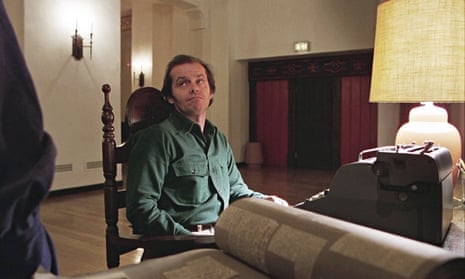Characters don’t always do what you want. Sometimes they cause mischief, take on lives of their own, or even work against you. It’s not just a problem for inexperienced writers: George RR Martin recently admitted it was a struggle to write from Bran’s viewpoint, while Roald Dahl said he got Matilda so “wrong” that when he’d finished his first draft he had to start again from scratch.
Of course it’s not the characters’ fault. The problem lies with the author. Take Stephen King, who confessed to Neil Gaiman that writing protagonists in blue-collar jobs is more difficult nowadays because his own circumstances have changed. “It is definitely harder,” King said. “When I wrote Carrie and Salem’s Lot, I was one step away from manual labour.”
This is also true for characters’ ages, added King. “When you have small children of a certain age, it is easy to write about them because you observe them and you have them in your life all the time. But your kids grow up. It is harder for me to write about this little 12-year-old girl in Dr Sleep than it ever was for me to talk about five-year-old Danny Torrence because I had Joe as a model for Danny. I don’t mean that Joe has the shining like Danny – but I knew who he was, how he played, what he wanted to do and all that stuff.”
For other authors, the difficulty can be a question of tone. When I asked Siri Hustvedt to name the character who made her struggle the most, she chose the narrator of her third novel, What I Loved. “Despite the fact that Leo is 70 (I was in my forties then), a man, a Jew born in Berlin, and an art historian, none of which describes me, I didn’t find it hard writing as an old, Jewish, male art historian,” she says. “I struggled to find the man’s emotional tone, the cadences of his prose.”
For Karen Joy Fowler there’s one trait that can stop a character in its tracks: boredom. “I had particular problems with the main character in my historical novel Sister Noon,” she says. “She had attitudes about race and religion that seemed appropriate to me for her time and class, but they were not attitudes I liked. Eventually I grew quite bored with her. You can write a book about a character you dislike or a character you disagree with, but I don’t think you can write a book about a character who bores you.”
According to Neel Mukherjee, it was Adinath who made him work the hardest in The Lives of Others. “I think I struggled because it’s difficult to write a character whose salient personality trait is weakness, as Adinath’s is, without making that trait consume and define him,” Mukherjee says. But a troublesome character is far from an unwelcome guest, he continues, arguing that “when characters work against the author they come alive and take on depths and facets that are unpredictable”.
“That is a terrific thing to happen,” Mukherjee says, “I revel in it. It is one of the great, lucky gifts given to a writer.”

Comments (…)
Sign in or create your Guardian account to join the discussion